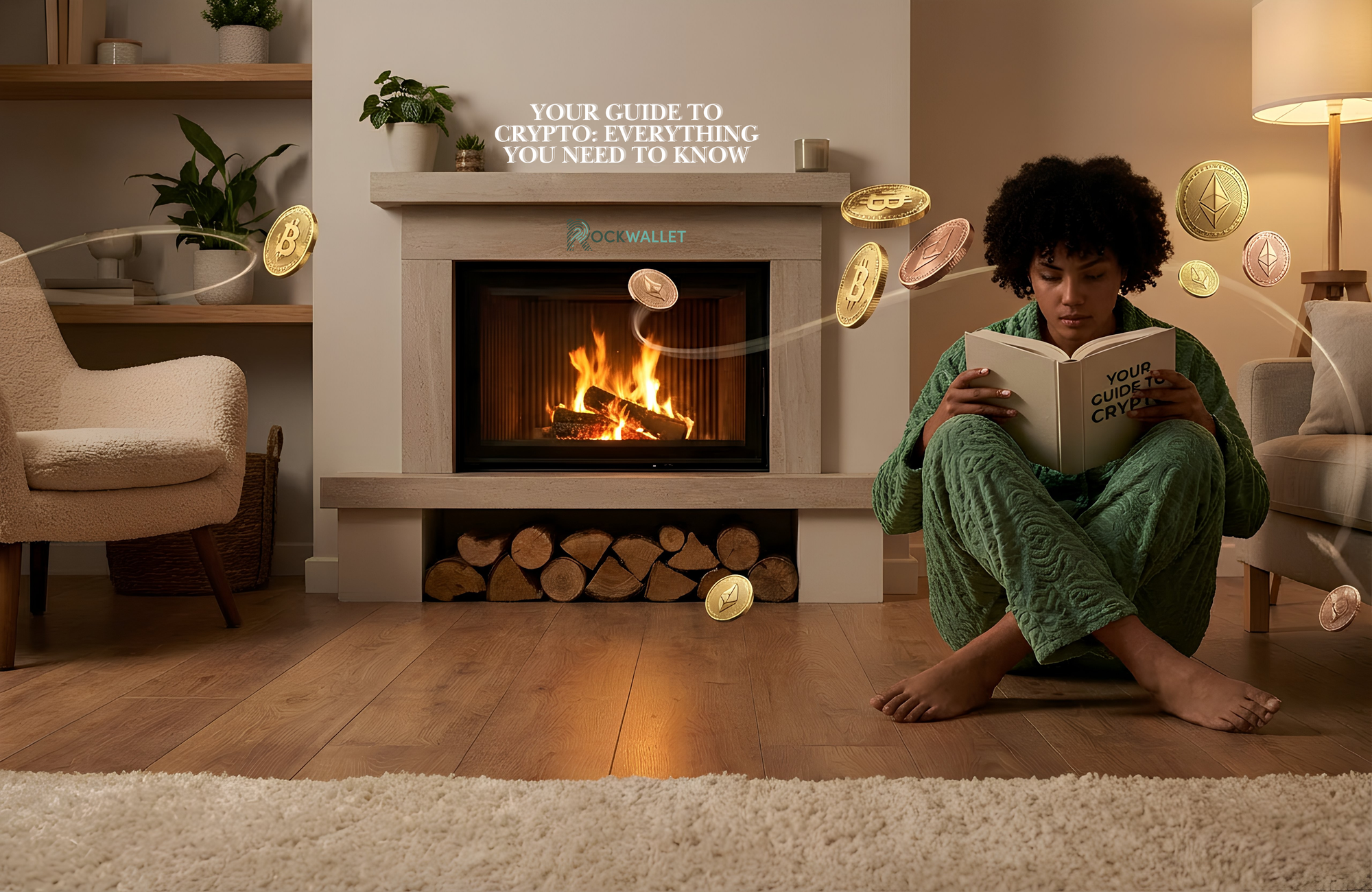
November 28, 2025
•6 min read
Your Guide to Crypto: Everything You Need to Know
Buying cryptocurrency can seem complicated. If you’re reading this, it’s likely that you’re contemplating giving it a go, and you want to understand the crypto market better before taking the plunge or maybe you’re just not sure where to start.